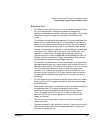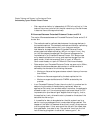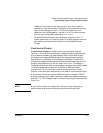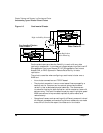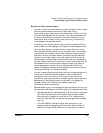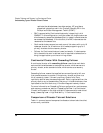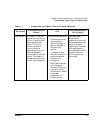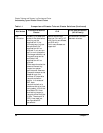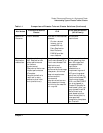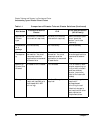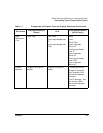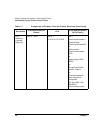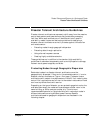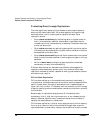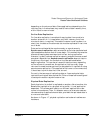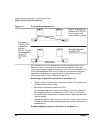
Disaster Tolerance and Recovery in a Serviceguard Cluster
Understanding Types of Disaster Tolerant Clusters
Chapter 1 33
Maximum
Distance
100 Kilometers Shortest of the distances
between:
•Cluster network
latency (not to
exceed 200 ms).
• Data Replication
Max Distance.
•DWDM provider
max distance.
No distance
restrictions.
Data
Replication
mechanism
Host-based, through
MD. Replication can
affect performance
(writes are
synchronous).
Resynchronization can
impact performance.
(Complete
resynchronization is
required in many
scenarios that have
multiple failures.)
Array-based, through
Continuous Access XP or
Continuous Access EVA.
Replication and
resynchronization
performed by the storage
subsystem, so the host
does not experience a
performance hit.
Incremental
resynchronizations are
done, based on bitmap,
minimizing the need for
full re-syncs.
You have a choice of
either selecting their
own SG-supported
storage and data
replication
mechanism, or
implementing one of
HP’s pre-integrated
solutions (including
Continuous Access XP,
Continuous Access
EVA, and EMC SRDF
for array-based, or
Oracle 8i Standby for
host based.) Also, you
may choose Oracle 9i
Data Guard as a
host-based solution.
Contributed (that is,
unsupported)
integration templates
for Oracle 9i.
Table 1-1 Comparison of Disaster Tolerant Cluster Solutions (Continued)
Attributes
Extended Distance
Cluster
CLX
Continentalclusters
(HP-UX only)



